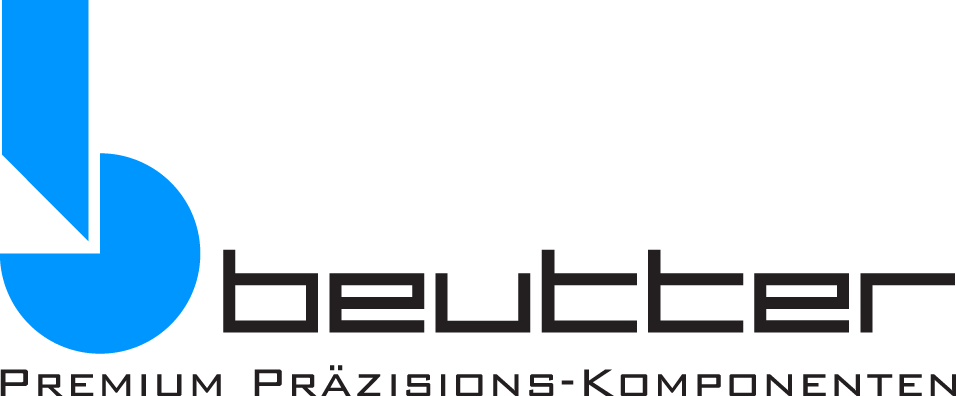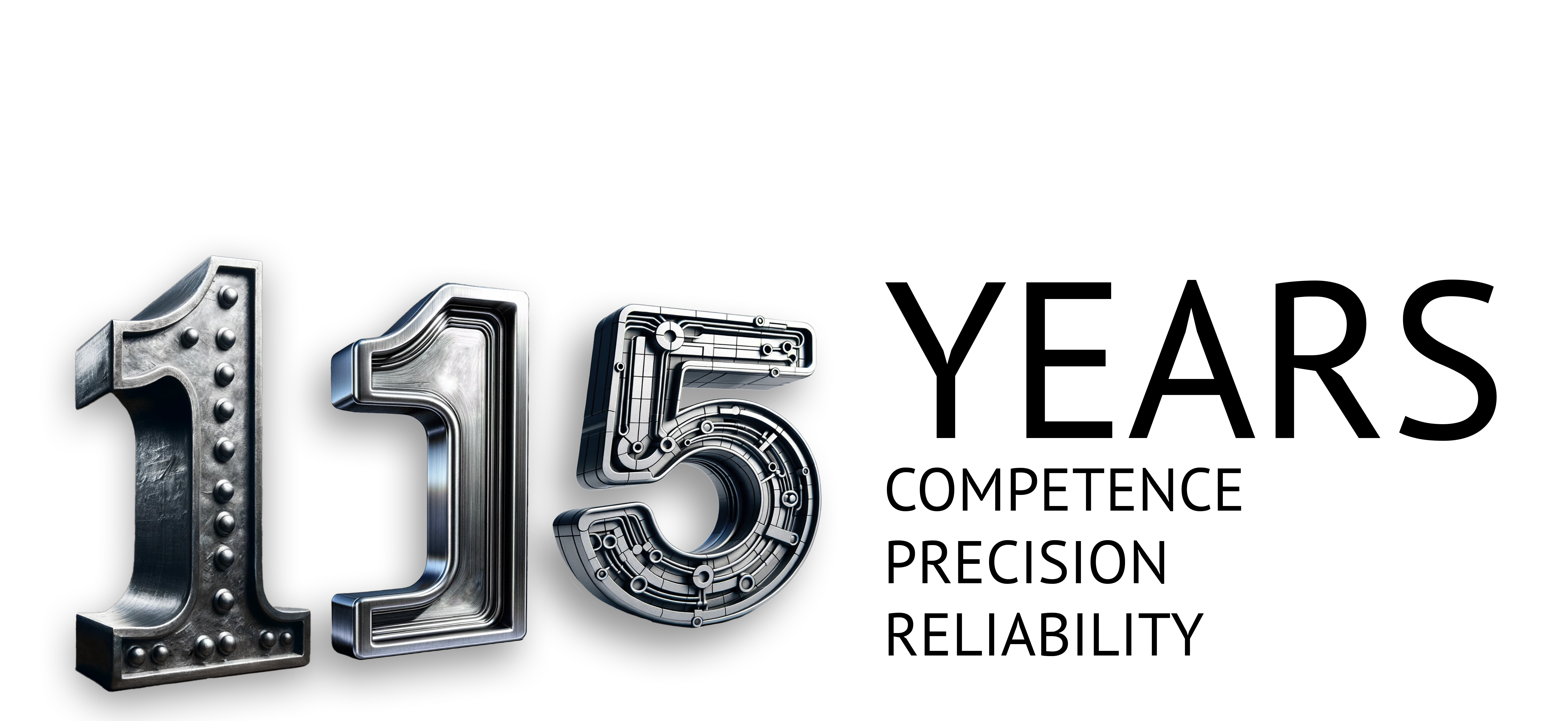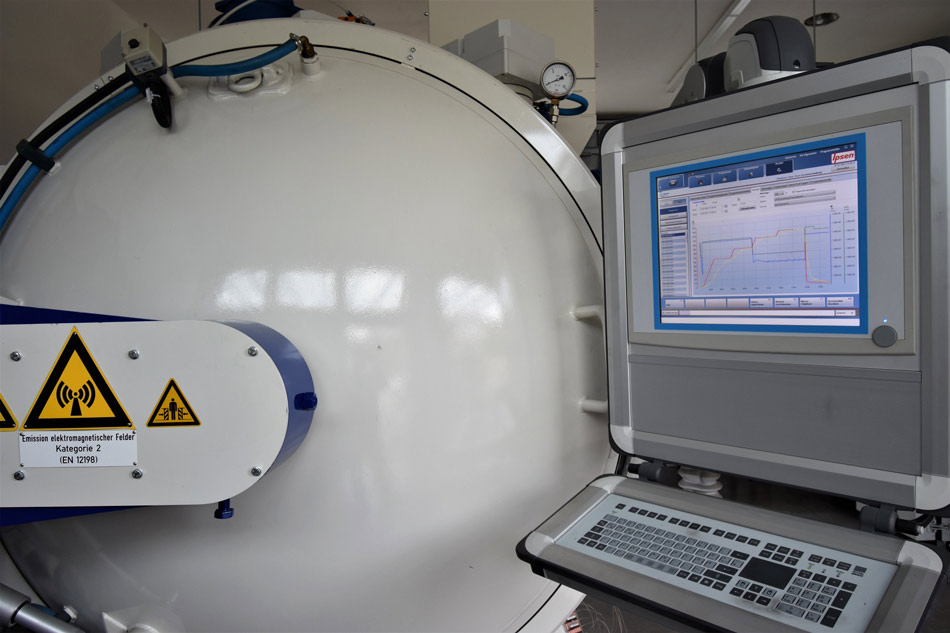Hardening is a heat treatment process that increases the mechanical resistance of metals such as stainless steel or aluminum by changing the structure of the material.
Transformation hardening is the most important hardening process for steel. Steels are suitable for hardening from a carbon content of 0.2%. Otherwise, they must be carburized before hardening. Precipitation hardening is the main way to increase the strength of certain aluminum alloys and is often used for aerospace applications, for example.
In both transformation and precipitation hardening, the workpiece is first heated, the temperature is maintained, and then quenched. Depending on the material, a different temperature and cooling rate is selected for hardening, and too high a rate can cause cracking. Water with or without additives, oil, salt bath, air or pure gases, for example nitrogen, are used for quenching.
After quenching, steel is "glass-hard", i.e. very hard and brittle. During tempering, also known as annealing, the workpiece is therefore heated again to 100 to 600 °C to remove its internal stresses. The higher the tempering temperature, the softer but also tougher the material becomes. The tempering temperature therefore influences the subsequent service properties.
The combination of hardening and tempering is called quenching and tempering. Quenching and tempering is one of the through-hardening processes (through-hardening) that work right into the core of the workpiece. In contrast, surface hardening, such as case hardening, hardening by laser or electron beam, flame hardening and induction hardening, only changes the outer layer.
Do you have any questions? We will be happy to support you with our comprehensive know-how.
Free problem analysis from our experts
This email address is being protected from spambots. You need JavaScript enabled to view it.
This email address is being protected from spambots. You need JavaScript enabled to view it.



